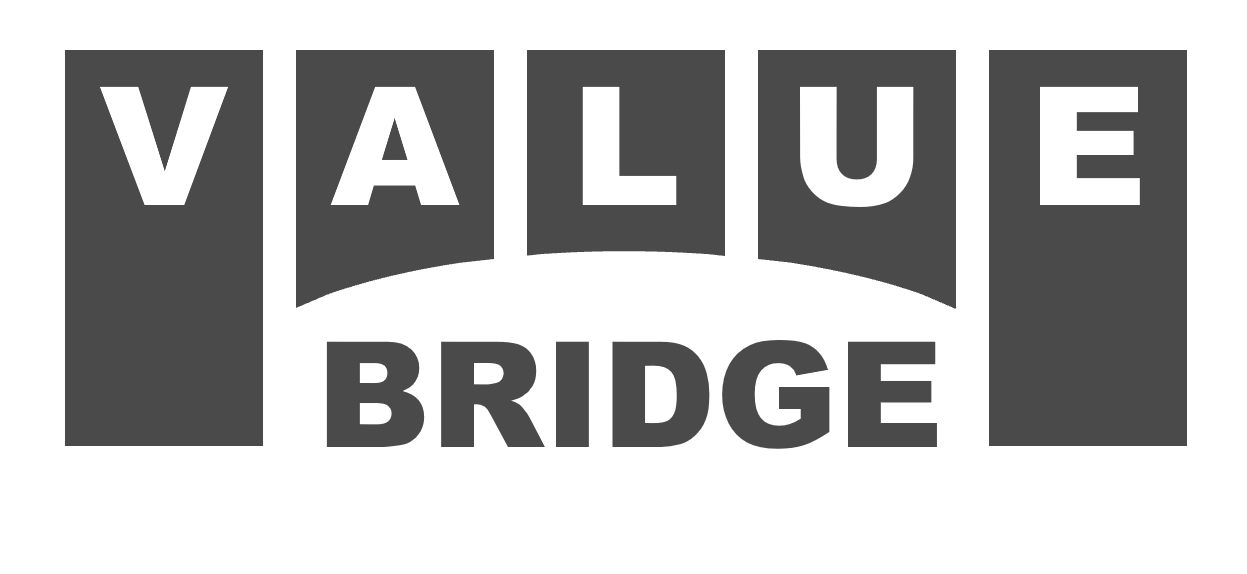Measure tariff-driven gains and losses in a private equity deal with the Tariff Impact Calculator. Plug in a few portfolio company capital structure and income statement metrics, and then see what happens due to tariff-related changes to unit cost (UC), unit price (UP), volume (Q), overhead (SG&A), enterprise valuation multiple (M), and broader market multiples (MM).
(Watch the Tariff Impact Calculator Demo)
A complete explanation of the underlying mathematics and Microsoft Excel template will be provided in an forthcoming ValueBridge.net Case Study. The calculator can be used to estimate future returns but, in such cases, value drivers are only as meaningful as input assumptions. Results will be quite accurate for historical investments, with inputs taken from actual portfolio company financials.
The calculator does not adjust the portfolio company’s cash or debt balance due to tariff-related income statement changes. Analysts can account for this by manually adjusting the second net debt (ND2) value. Note that the calculator assumes the Fund or GP’s share of portfolio company equity (ϕ) does not change over the period.
Tariff Impact Considerations
Average Unit Cost: If 25% of the company’s inputs are exposed to an additional 20% tariff, then UC would increase by 20%∙25% = +5.0%.
Average Unit Price: The company might respond by increasing UP to offset higher unit costs.
Volume: Depending upon the elasticity of demand, increasing prices may reduce Q.
Overhead: Tariffs should have minimal direct impact on SG&A, but may do so indirectly through unhedged foreign exchange rate fluctuations. If 30% of overhead expenses are in a foreign currency and the base currency weakens by 10%, then SG&A would increase by 10%∙30% = +3.0%.
Market Multiple: Prevailing MM values may compress due to increased uncertainty, currency risks, competitive pressures, interest rates, growth concerns, etc.
Company Multiple: The company’s M value may change more or less than the broader market valuation multiple, depending on relative tariff exposure, adaptability, cost pass-through success, industry context, etc.
Please log in access additional content. Not a subscriber? Sign-up today!.

